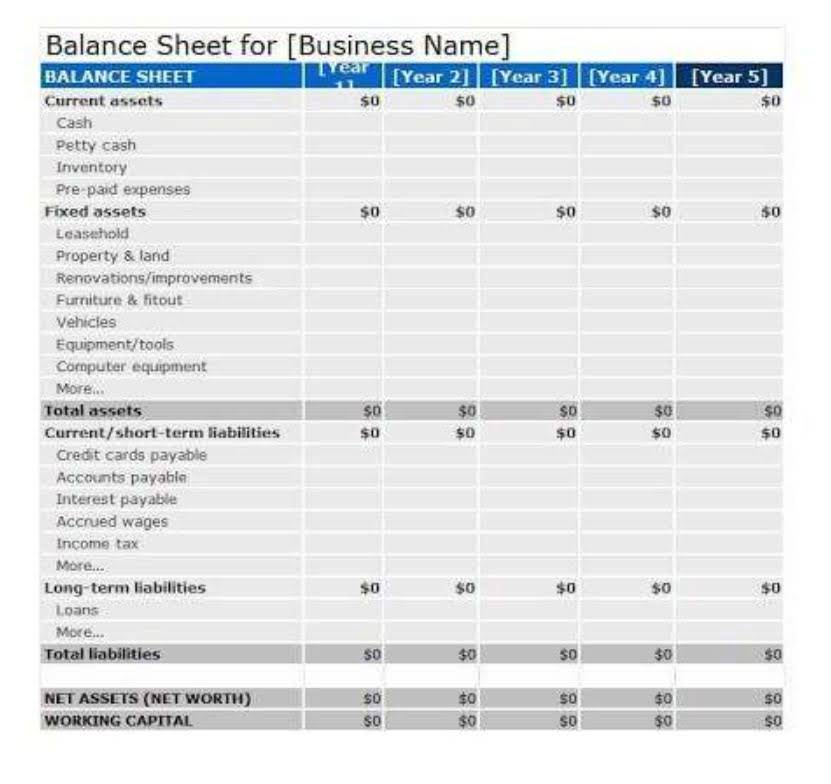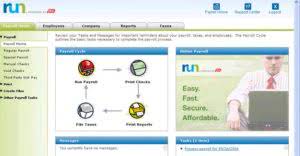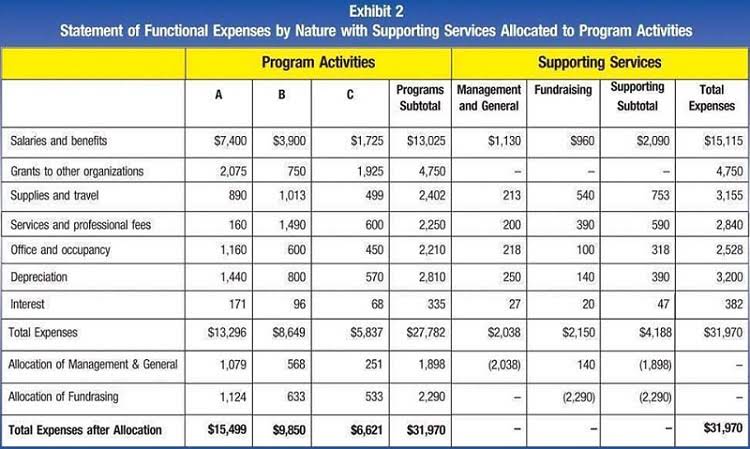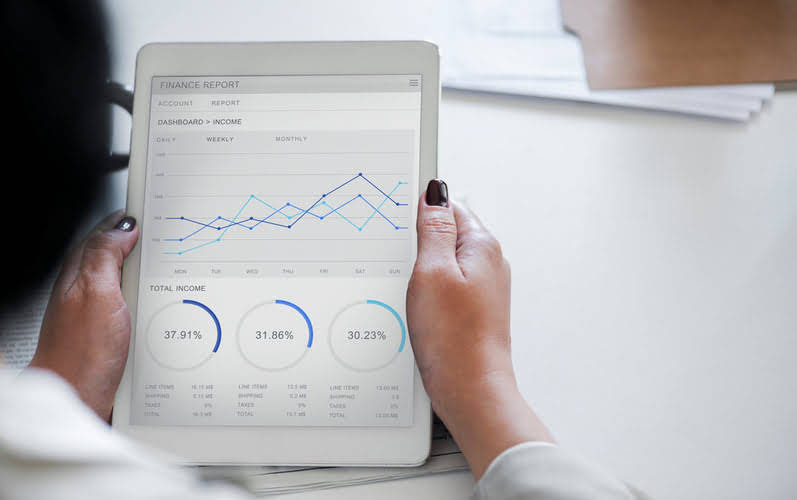Understanding these costs is crucial for companies to manage their financial resources effectively and increase profitability. An asset is a tangible resource that belongs to you or your business and is still worth something after a year or more. Real estate typically goes up in value, whereas a car loses value, or depreciates heavily, in its first few years. The full cost of an Asset is not written off when purchased like an expense. Because an asset is expected to last multiple years, an asset’s cost is depreciated over multiple tax years.
Simplify bookkeeping and maximize tax savings
Other assets such as receivables, cash, and land are not charged as an expense although they may be used to pay for the expenses. Expenses are charged to the income statement of the period in which they are incurred. Net income flows into retained earnings on the balance sheet, affecting the equity section. The difference between these two sections is referred to as operating profit or gross profit, which gives insight into how well the business operations are generating profits.
Join thousands of business owners who trust us
One example of this is that cash, an asset, is used to pay for most business expenses. Additionally, fixed assets lose value over time and are treated as a depreciation expense. While capital expenses relate to the upkeep of a business, capital assets are the resources used to make money and attract customers. This includes cash, property, prepaid expenses, intellectual capital, and customer receivables. While these assets cannot be sold directly to customers, they are the vehicles to make a profit.
As you do not clear your expense until February comes, according to the law of the accrual accounting, the expense had been catalogued in January when the expense was actually brought about. On the other hand, according to the Law of cash accounting, the expense is catalogued in February when the rent was actually paid off. For the cost of an asset to eventually reduce taxable income, its cost must be depreciated over its expected life span. That means that a portion of the expense is “written off” each year using one of the depreciation formulas. Expenses directly reduce taxable income as reported on the Balance Sheet and assets are reported on the Income Statement. Then I’ll illustrate with journal entries how each is entered into the accounting software.
Assets in Accounting: A Beginners’ Guide
This expense is recognized systematically each period as the company utilizes the asset to generate revenue. For example, if equipment is used for ten years, all (or most) of its cost is assigned to expense over that period. This accounting is very similar to the handling of prepaid expenses such as rent as discussed in an earlier chapter. For property and equipment, the lower of these two figures is then reported on the balance sheet.
- However, the assets will be classified as an expense by the time it is consumed.
- Fixed assets, also known as capital assets, include property, plant, and equipment (PP&E) that a company expects to use over the long term.
- This means that expenses are a fraction of the liabilities but they are for the benefit and progress of your own company.
- The way businesses classify their purchases can drastically impact their tax liabilities and financial statements.
- Thus, the depreciation expense reported on each income statement measures only the expense assigned to that period.
- Administrative and business expenses, or not a product or sale related expenses, are a category of mandatory expenses that arise due to the company’s management processes.
Expenses: Navigating the Cost of Operations
- Both are equally important, offering different insights into your business’s health and performance.
- You spend particular cash on buying the appliances required for making the beverages.
- You can also generate customizable, accurate financial reports like income statements and balance sheets to ensure that your financial data is always up-to-date and organized.
- Expenses find their home on the income statement, where they are subtracted from revenues to calculate net income.
- Under IRC Section 179, businesses can deduct the full purchase price of qualifying equipment and software in the year of purchase, up to a specified limit.
- Businesses often face the decision of categorizing costs as either capital expenditures or immediate expenses.
- For example, a year-end balance sheet can assess liquidity by comparing current assets to current liabilities.
A balance sheet is a financial statement that provides an overall snapshot of a company’s financial what is the difference between an asset andan expense health at a specific point in time. Financial statements are essential tools for assessing a company’s financial health and performance. Among these, the Profit & Loss (P&L) statement and the balance sheet are foundational documents. Understanding their differences is crucial for investors, managers, and stakeholders to make informed decisions.
Expenses and the Income Statement
To illustrate this point, let’s consider the example of employee salaries. Asset is a resource available to a business that gives it some form of economic benefit in the future. In comparison, an expense is the amount of resources that have already been consumed in the operations of a business during an accounting period. Don’t let the complexities of financials hold you back any longer — book a demo today to get a better handle on understanding income statements and balance sheets. When it comes to interpreting these financial statements, there are common mistakes that can be made, leading to misrepresentations of a company’s financial health. The income statement includes revenues, expenses, gains, losses, dividends paid out to shareholders, etc.
Firm of the Future
To do so, they must understand capital assets and expenses and how to manage them effectively. The group of administrative costs is characterized by an indirect impact on the efficiency of the entire enterprise. Their inflated value may indicate an irrational use of financial resources of the company, the presence of problems in the personnel policy. Business administration related expenses include expenses for the maintenance of management personnel, consulting services, and payment of utility bills.
For example, you receive an invoice for a utility bill at the end of August, but you don’t actually pay the bill until September. Under the principles of accrual accounting, the expense is recorded in August, which is when the expense was incurred. Under the principles of cash accounting, the expense is recorded in September, which is when cash actually changed hands. Assets and expenses illustrate quite unlike items on a company’s financial statement. Therefore, the how you control and oversee them must also be dissimilar. Recording these correctly in financial statements ensures the accurate financial health of a company.





















